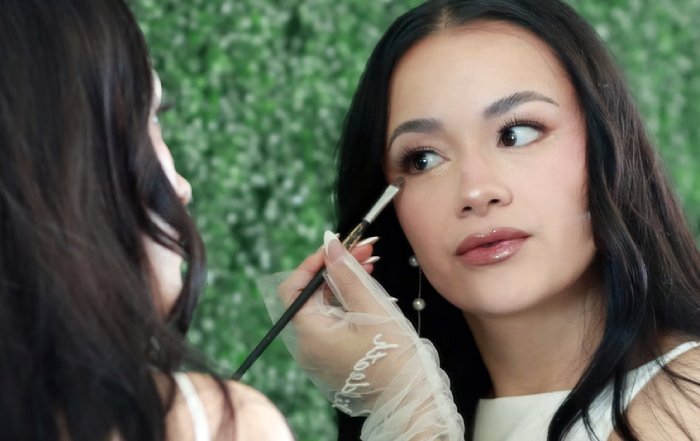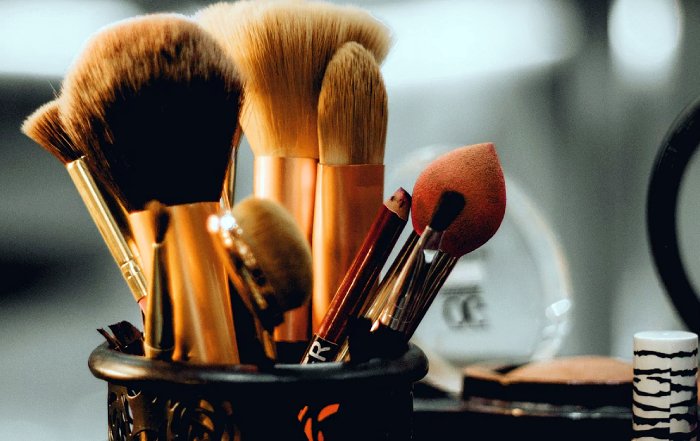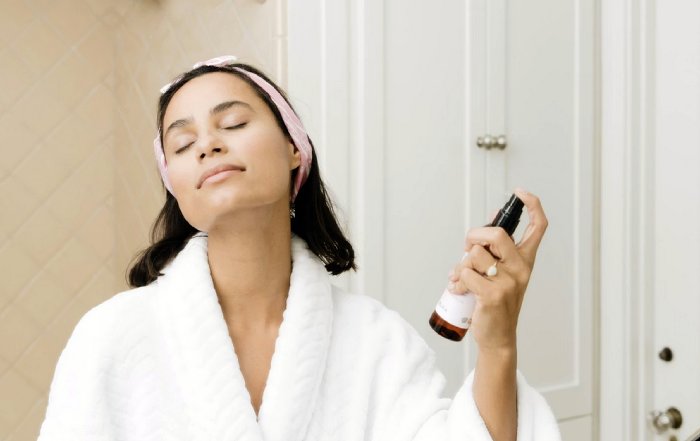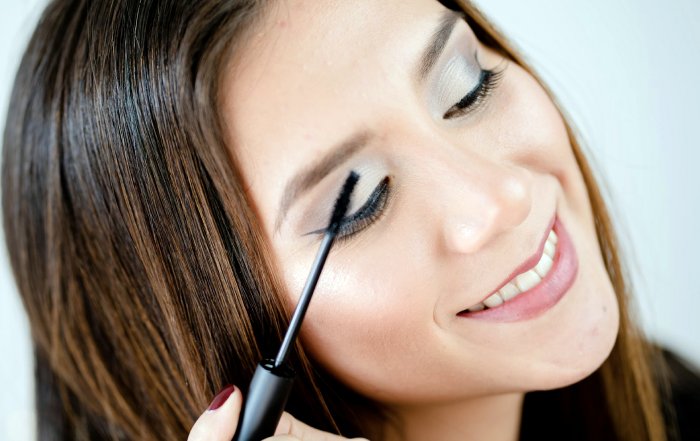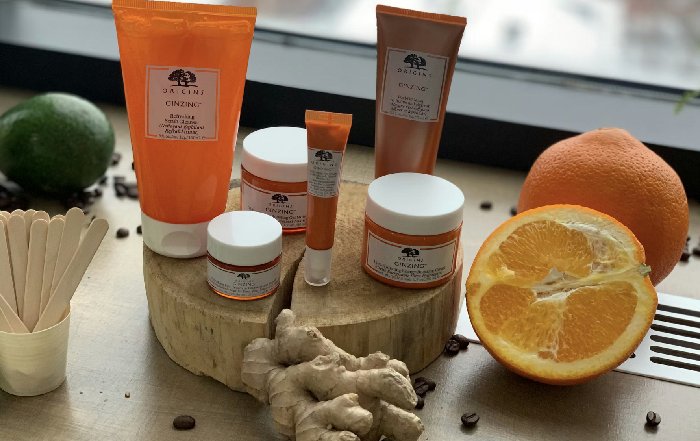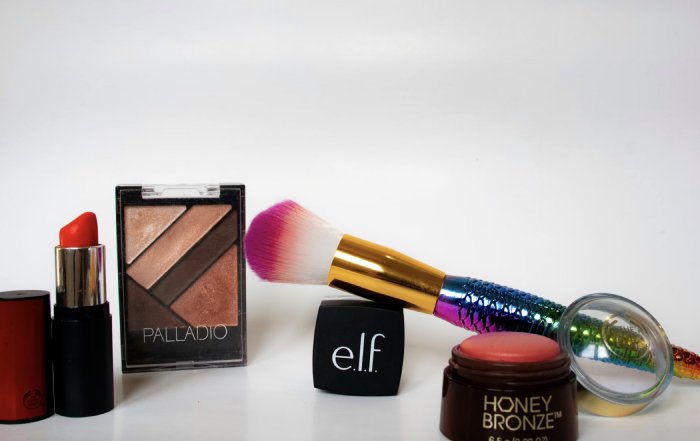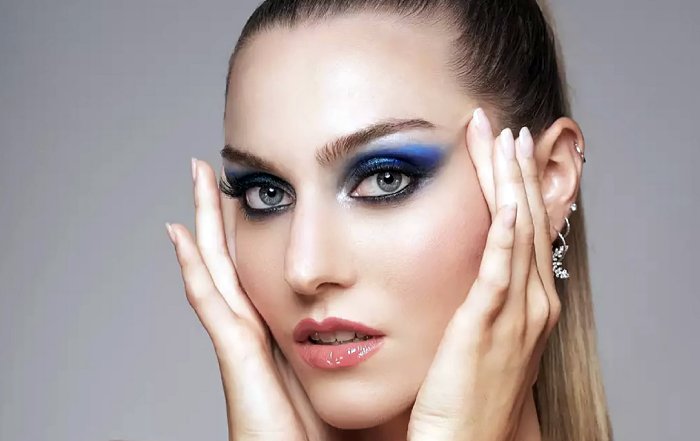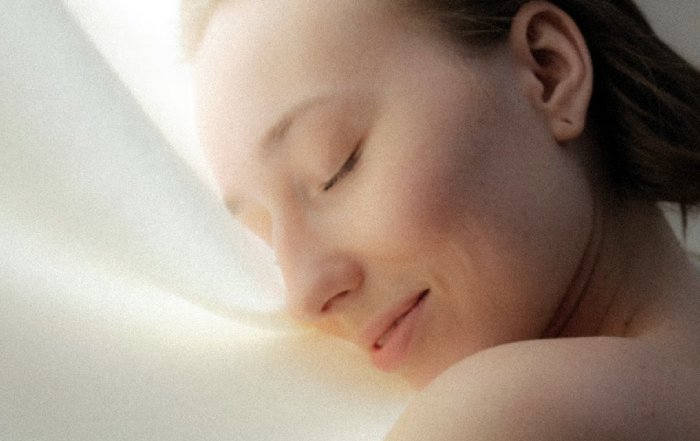Beauty Careers Beyond Makeup and Skincare: The Evolving Global Landscape in 2025
The New Face of the Beauty Industry
In 2025, the global beauty industry stands at an inflection point where the concept of a "beauty career" has expanded far beyond the traditional roles of makeup artist, hairstylist, or skincare therapist. As consumer expectations evolve and technology, sustainability, and wellness converge, a new ecosystem of highly specialized, business-driven and technology-enabled professions has emerged. For BeautyTipa and its international audience, this transformation is not merely a trend but a structural shift that is redefining how talent enters, grows, and leads within beauty-focused organizations across the United States, Europe, Asia, Africa, and South America.
The beauty sector, once perceived as a primarily creative and service-based field, has matured into a sophisticated, data-rich, and innovation-led industry that rivals sectors such as fashion, health, and technology in both scale and strategic complexity. Reports from organizations such as McKinsey & Company and Statista highlight that beauty is now a multi-hundred-billion-dollar global market, with advanced segments in dermocosmetics, wellness technology, and personalized formulations growing faster than legacy categories. Readers who explore beauty industry trends and analysis quickly see that the most sought-after roles are increasingly hybrid, combining scientific knowledge, digital fluency, and brand storytelling.
Within this context, BeautyTipa has positioned itself as a hub that connects beauty enthusiasts, professionals, and businesses to the broader ecosystem of wellness, technology, and finance, creating a unique vantage point from which to examine careers that go far beyond makeup and skincare artistry. Those visiting the platform's sections on beauty, wellness, and business and finance can see how these domains intersect and how new roles are emerging at their boundaries.
From Service to Strategy: Beauty as a Business Career
One of the most significant developments in 2025 is the recognition of beauty as a serious business and financial career path. While artistry remains central to the consumer experience, the strategic engine driving brand growth is increasingly powered by professionals in brand management, product strategy, corporate finance, and global market expansion.
Major conglomerates such as L'Oréal, Estée Lauder Companies, Shiseido, and Unilever now recruit MBAs, data analysts, and strategic marketers who understand both consumer psychology and complex global supply chains. Those who follow resources like the Harvard Business Review on consumer brands can see that beauty has become a case study in building emotional connection while maintaining operational excellence. Brand managers in the United States, the United Kingdom, Germany, and South Korea are tasked with orchestrating product launches, digital campaigns, and retail partnerships that resonate across cultures, while navigating regulatory frameworks in regions such as the European Union and Asia-Pacific.
For readers of BeautyTipa who are exploring career transitions or advancement, the site's business and finance section underscores how skills in financial modeling, pricing strategy, and portfolio management are now indispensable. Beauty-focused investment analysts, private equity professionals, and M&A specialists evaluate emerging brands, particularly in markets like Brazil, China, and the Middle East, assessing not only revenue potential but also sustainability credentials, supply chain resilience, and digital community strength.
Science, R&D, and Dermocosmetic Innovation
Beyond the visible glamour of campaigns and product packaging, a growing number of high-impact beauty careers are rooted in science, research, and development. In 2025, the line between beauty and health has blurred, giving rise to dermocosmetics, ingestible beauty supplements, and hybrid skincare-wellness products that require rigorous scientific validation.
Roles such as cosmetic chemist, formulation scientist, clinical research manager, and regulatory affairs specialist have become central to innovation pipelines. These professionals often have backgrounds in chemistry, biology, pharmacology, or biomedical engineering, and many collaborate with dermatologists and academic institutions. Resources such as the American Academy of Dermatology and the British Association of Dermatologists illustrate how evidence-based skincare and dermocosmetic claims are now aligned with medical-grade standards, particularly in countries like the United States, United Kingdom, Germany, France, and South Korea.
On BeautyTipa, the skincare and health and fitness sections reflect this convergence, highlighting how consumers increasingly look for products backed by clinical trials, ingredient transparency, and clear scientific communication. This trend has created demand for scientific communicators and medical writers who can translate complex research into accessible narratives for both professionals and end consumers, bridging the gap between laboratory innovation and everyday beauty routines.
Data, AI, and Technology-Driven Beauty Careers
Technological innovation has become one of the most transformative forces in the beauty industry, opening an entire spectrum of careers that did not exist a decade ago. From AI-powered skin diagnostics and personalized product recommendations to augmented reality try-on tools and virtual consultations, the industry now relies heavily on data scientists, machine learning engineers, UX designers, and digital product managers.
Global technology leaders such as Google, Meta, and Microsoft have partnered with beauty brands to integrate advanced imaging, computer vision, and virtual reality into consumer experiences. Those following developments on platforms like MIT Technology Review can see how AI is being used to analyze skin conditions, predict product efficacy, and optimize formulations for diverse skin tones and environmental conditions across regions including North America, Europe, and Asia.
For readers exploring the intersection of technology and beauty, BeautyTipa's technology beauty section showcases how startups and established brands are building digital ecosystems that extend far beyond traditional e-commerce. Careers in product management for beauty-tech apps, data analytics for consumer behavior, and cybersecurity for sensitive biometric data are becoming mainstream. In markets like Japan, South Korea, and Singapore, where digital adoption is high, professionals who can merge aesthetic sensibility with technological literacy find themselves at the forefront of innovation.
Sustainability, Ethics, and Circular Beauty Careers
As climate concerns and ethical consumption move from the margins to the mainstream, sustainability has become a core strategic priority for beauty companies worldwide. This shift has created a new wave of careers focused on environmental, social, and governance (ESG) issues, circular economy models, and responsible sourcing.
Sustainability directors, lifecycle assessment analysts, ethical sourcing managers, and packaging innovation specialists now play central roles in shaping brand roadmaps. Organizations such as the Ellen MacArthur Foundation and the World Economic Forum provide frameworks and case studies that help professionals learn more about sustainable business practices. Beauty brands across Europe, North America, and Asia are redesigning packaging to be refillable or fully recyclable, investing in biodegradable materials, and auditing supply chains to ensure fair labor practices from ingredient harvesting in Africa and South America to manufacturing in Europe and Asia.
Within BeautyTipa's trends and guides and tips sections, sustainability is increasingly framed not just as a moral imperative but as a core driver of brand differentiation and long-term profitability. Professionals with expertise in environmental science, corporate responsibility, or sustainable design find opportunities to influence everything from product development to investor relations, especially as regulators in the European Union and other regions tighten reporting requirements and consumers demand traceability.
Wellness, Nutrition, and Holistic Beauty Professions
The modern consumer no longer views beauty as a purely external pursuit; instead, it is increasingly understood as the visible expression of internal health, emotional balance, and lifestyle choices. This holistic perspective has given rise to careers that sit at the intersection of wellness, nutrition, mental health, and beauty.
Roles such as wellness strategist, integrative nutritionist, mental health advocate, and holistic beauty consultant are becoming more prevalent, particularly in markets like the United States, Canada, Australia, and the Nordic countries, where preventive health and self-care cultures are strong. Platforms such as the World Health Organization and the National Institutes of Health offer extensive research on how sleep, stress, diet, and physical activity influence skin health, hair quality, and overall appearance.
For the BeautyTipa community, sections focused on wellness and food and nutrition highlight how careers in beauty now include expertise in gut health, hormonal balance, and stress management. Professionals collaborate with brands to design supplements, functional beverages, and lifestyle programs that promise not just a glow on the surface but a healthier, more resilient body and mind. This is particularly relevant in markets such as Japan, South Korea, and Singapore, where beauty-from-within products are deeply integrated into everyday routines.
Content, Media, and Community-Building Careers
Digital media has fundamentally redefined how beauty is discovered, discussed, and consumed. While influencers and content creators are widely recognized, the broader ecosystem of careers in beauty media, communications, and community building is often less visible but equally critical.
Professionals in this space include beauty editors, digital strategists, community managers, SEO specialists, podcast producers, and branded content leads who work closely with platforms, agencies, and brands to craft compelling narratives. Outlets like Vogue, Allure, and Business of Fashion demonstrate how beauty coverage now spans product launches, cultural analysis, technology, and business strategy, offering readers opportunities to explore in-depth beauty industry journalism.
For BeautyTipa, which serves a global audience across regions such as Europe, North America, and Asia, the role of content is both editorial and educational. The platform's guides and tips and events sections underscore how careers in beauty communication require not only aesthetic sensibility but also data-driven understanding of audience behavior, platform algorithms, and cultural nuance. Community managers and digital strategists must navigate diverse markets, from Brazil to Germany to South Africa, adapting messaging to local beauty ideals while maintaining a coherent brand identity.
Retail, Experience Design, and Omnichannel Careers
Even as e-commerce and virtual try-ons expand, physical experiences remain indispensable in the beauty industry. However, the nature of retail careers has changed dramatically, moving from transactional roles to experience design, education, and relationship-building.
Beauty retail strategists, visual merchandisers, training managers, and omnichannel experience designers now work to create seamless journeys that connect online discovery with in-store experimentation and post-purchase engagement. Organizations such as the National Retail Federation and Deloitte publish insights showing how experiential retail and data-driven personalization are reshaping consumer expectations, particularly in markets such as the United States, United Kingdom, China, and the United Arab Emirates, where flagship stores and concept spaces function as immersive brand worlds. Interested professionals can explore retail innovation insights.
Within the BeautyTipa ecosystem, the routines and brands and products sections highlight how education-driven retail roles, such as beauty advisors and skincare consultants, now require deep product knowledge, digital fluency, and the ability to personalize recommendations based on lifestyle, climate, and cultural context. In markets like France, Italy, and Spain, where pharmacy and perfumery traditions are strong, retail professionals often act as trusted advisors, blending scientific information with emotional storytelling.
Fashion, Aesthetics, and Cross-Industry Collaboration
Beauty careers increasingly intersect with adjacent sectors such as fashion, luxury, and entertainment, creating hybrid roles that require coordination across multiple creative and commercial disciplines. Fashion stylists, creative directors, and image consultants now work closely with beauty professionals to craft cohesive aesthetics for campaigns, runway shows, and digital editorials.
Luxury groups such as LVMH and Kering integrate beauty brands into broader lifestyle portfolios, reinforcing the importance of cross-industry fluency. Those who follow platforms like the Council of Fashion Designers of America or the British Fashion Council can see how beauty is woven into fashion weeks and cultural events in cities such as New York, London, Paris, Milan, and Tokyo.
For BeautyTipa, which maintains a dedicated fashion section, this convergence is particularly relevant for readers interested in careers that bridge makeup, hairstyling, styling, and creative direction, even as the focus increasingly shifts toward brand-building and digital storytelling. Professionals who understand how beauty complements clothing, accessories, and lifestyle branding are well positioned to lead integrated campaigns that resonate across social media, e-commerce, and physical experiences.
Globalization, Diversity, and International Career Paths
The beauty industry has become one of the most globalized consumer sectors, with brands, supply chains, and talent flows spanning continents. This global expansion has created a wide range of international career opportunities, from regional marketing and regulatory roles to cross-border e-commerce and localization strategy.
Diversity and inclusion have become central strategic priorities for leading organizations, which now recognize that authentic representation is not only a social responsibility but also a business imperative. Institutions such as the United Nations and the OECD provide frameworks and research that help businesses understand inclusive growth and diversity, influencing how beauty companies design products, campaigns, and workplace cultures.
The international and jobs and employment sections of BeautyTipa reflect how professionals from South Africa to Sweden and from Malaysia to Mexico are building careers that involve managing multicultural teams, adapting formulations to local regulations, and tailoring marketing to regional beauty norms. Language skills, cultural intelligence, and the ability to navigate different regulatory environments, such as the European Union's cosmetics regulations or China's evolving animal testing policies, are increasingly valuable assets for ambitious professionals.
Education, Upskilling, and Career Transitions
As beauty careers expand into science, technology, business, and wellness, the educational pathways leading into the industry have diversified. Traditional cosmetology and aesthetics programs remain important, but many professionals now enter beauty from backgrounds in engineering, finance, design, or public health, often supplementing their expertise with targeted certifications and continuous learning.
Universities and professional institutions across the United States, United Kingdom, France, South Korea, and other markets offer specialized programs in cosmetic science, luxury brand management, digital marketing, and sustainability. Organizations such as Coursera and edX provide online opportunities to develop new skills in business, technology, and health, enabling mid-career professionals to transition into beauty roles that align with their evolving interests and values.
For the BeautyTipa audience, which spans enthusiasts, professionals, and entrepreneurs, the platform's coverage of technology beauty, business and finance, and guides and tips emphasizes the importance of lifelong learning. Whether a data analyst in Canada is moving into beauty-tech, a nutritionist in Italy is collaborating on ingestible beauty products, or a marketer in Singapore is specializing in sustainability communication, the industry increasingly rewards those who can adapt, cross-train, and integrate multiple disciplines.
The Role of Platforms Like BeautyTipa in Shaping Future Careers
In this complex and rapidly evolving environment, platforms such as BeautyTipa play a crucial role in connecting individuals with information, opportunities, and communities that help them navigate beauty careers beyond makeup and skincare. By curating insights across beauty, wellness, technology, business, and international markets, the site functions as both a learning resource and a strategic compass for professionals and aspirants worldwide.
Through sections dedicated to beauty, wellness, brands and products, jobs and employment, and international perspectives, BeautyTipa showcases the breadth of roles available and the skills required to succeed in them. The platform's global outlook, spanning markets from the United States and United Kingdom to South Korea, Japan, Brazil, and South Africa, reflects the reality that beauty careers are no longer confined by geography, nor by traditional definitions of what it means to work in this industry.
As 2025 progresses, the most successful beauty professionals will be those who recognize that artistry, while still essential, is only one dimension of a multifaceted ecosystem that values scientific rigor, technological innovation, ethical leadership, and cultural sensitivity. For those willing to explore beyond the familiar boundaries of makeup and skincare, the beauty industry offers a dynamic, resilient, and deeply human arena in which to build meaningful, future-proof careers-an evolution that BeautyTipa is committed to documenting, analyzing, and supporting for its global community.

